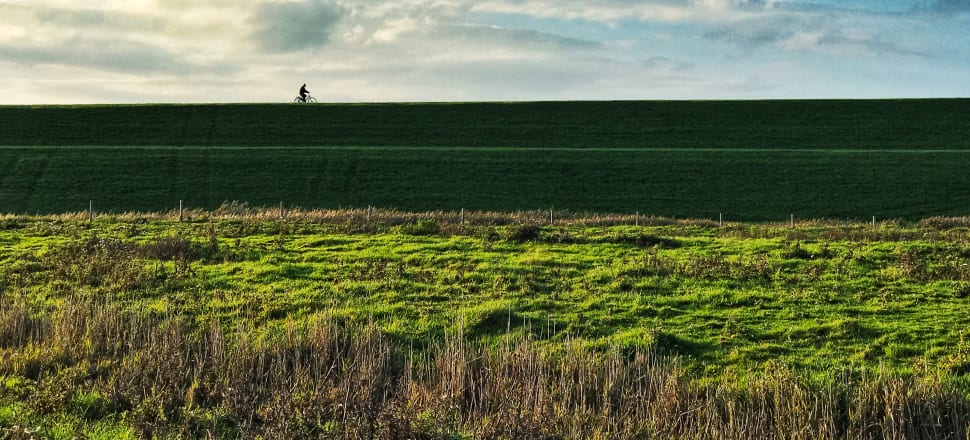Dutch Special Envoy on International Water Affairs Henk Ovink was interviewed by Newsroom recently. In the article he is quoted as saying:
“You see around the world that building along our rivers was a great thing in the past, because of trade and fresh water, then all of a sudden we covered them all up [with infrastructure, urbanisation and industry], polluted them. Then in the 90s, [with redevelopment of city centres] we figured out it is actually nice to live on the water, it became an economic asset. But no matter what perspective, we limited rivers’ capacity and now with rain events they actually come back at us.”
Taking a myopic approach to sea-level rise risks ignoring other threats from climate change, Ovink stresses.
“Looking at climate change from the water perspective means you have to look at all these aspects. If you run away from sea-level rise, you run into your next challenge. The only way to deal with this is comprehensively,” he says.
“If you only look at sea-level rise and climate change, you lose. If you look at it comprehensively, you can find solutions and approaches in finding ways to develop better that really can mitigate climate change – less emissions and so forth – but also mitigate the risks by becoming more resilient and more adaptive.”
That doesn’t always mean managed retreat from the coasts. It doesn’t necessarily mean storm surge barriers either.
“Does that then mean you have to run away? No, not per se. It can happen. Sometimes that is a very smart strategy, but retreat is also often positioned as a failing approach. Like a last resort. But if you look at climate change across all of these aspects, then it is only one aspect of many,” he says.
“Then it is not your last resort but it is just part of a bigger strategy. The moment you do these single-focused approaches, every one of those approaches looks like a loss. In Bangladesh, they retreat every month and it’s just part of economy and agriculture and society.”
The solutions he suggests are interesting, particularly about the need for regional solutions which is precisely not what the government is recommending:
More recently, however, even the Dutch have realised that holding off the sea and rivers forever is not by default the best strategy. In Nijmegen, which sits along a tributary to the mighty Rhine, the government implemented part of a programme called Room for the River, in which new artificial overflow routes were dug through the city. This necessitated the relocation of a number of farms and residences but allows for an extra 16,000 cubic metres per second of water without flooding the city.
Overall, Room for the River is made up of 39 projects dealing with flood risk along the Rhine River delta and attempting new approaches to “living with water” from a comprehensive and sustainable perspective.
This sort of flexibility will be needed here, too, Ovink says.
“Looking at climate change from a New Zealand perspective, if you take a very from-the-ground-up approach, really localised and regionalised, really make it from a systems understanding, you’ll come up with comprehensive approaches that mean dealing with your water totally differently, embracing these challenges as an opportunity, build different your communities and economies,” he says.
Somebody please send this to the Minister of Local Government…
Here’s the article:
https://www.newsroom.co.nz/can-we-take-the-dutch-approach-to-flooding

Leave a Reply